Land of love and romance
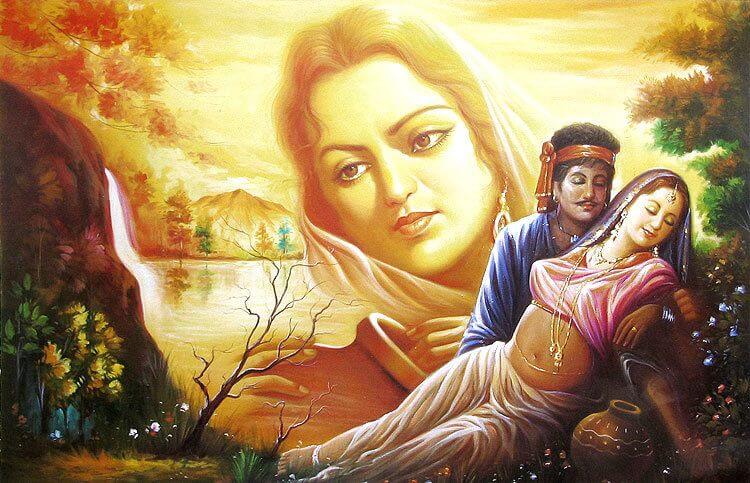
It is this very country where all forms of literary, artistic, theatrical, sculpture and paintings used to throb with romance or romantic love. From Shakuntala, Vasantasena or Kadambari of ancient Sanskrit literature to the folklore of Heer-Ranjha and Devadas-Paro of modern literature, the soul of India has lived by romance. You cannot even imagine of the vast ocean of Urdu shayari, without being swept away by the waves of romantic love or ‘shayarana ishq’.
They have all consistently been pointing to the one dominant cultural current: love as a sacred, transcendent force. To live was to love, and to love was to sacrifice. In the great tradition of shayarana ishq, men and women pined for years, sometimes lifetimes, for the beloved—never mind even if it went without consummation. In fact, shayari went at great lengths to clarify that romantic love was not synonymous with sexual desire—that was for the rival, the ‘raqeeb’, who was described as ‘bul-hawas’, that is, one who was consumed by carnal desires only. The suffering itself was exalted. Love was fire, beauty, madness, worship.
Then something happened

Fast forward to present-day India and we are confronted with a chilling revelation: romance is dead in India. It is not just tragic or hypocritical; the sheer dichotomy and the incongruity of it are appalling. Romance now survives only on-screen, in songs or in fiction—it is derided in real life and people (including your truly, an incurable romantic) who swear by love are dismissed as impractical fools. India inherited the world’s richest tradition of romantic poetry, yet it has built a society where romance is dismissed as stupidity.
This is not any personal fulmination. Having lived nearly seven decades of life, I can safely claim to have based my inferences on my interactions with a very large number of educated men and women of all social strata across the country. The finding is unambiguous. Not one, I repeat, not one, believed in the idea of romantic love. Young women of the post-liberalization era in particular are articulate about sexual freedom, sexual needs, physicality, sexual attraction, and even female orgasm, something women of an earlier generation were tight-lipped about. But when it came to the central construct that once animated generations of Indian poets, singers, and writers—that love is an end in itself, worth choosing even above wealth or convenience—they laughed it off as romantic foolishness.
India might very well be thriving in various fields but this, in my considered opinion, signals the death of the ‘cultural heart’ of India.
Look at the sheer irony of it. The country, the society which worshipped love as the gift of God Himself, now dismisses it as nonsense. The same families that happily spend a thousand bucks each to watch Bollywood love stories, arrange their children’s marriages based on salaries, assets, and caste alignments. The same young women who ‘liberally’ forward Urdu couplets on social media, scoff at men who dare to say “love matters more than money.” India has been reduced to a farcical culture that pays to watch romance, but no longer believes in it.
Materialism came, saw and conquered
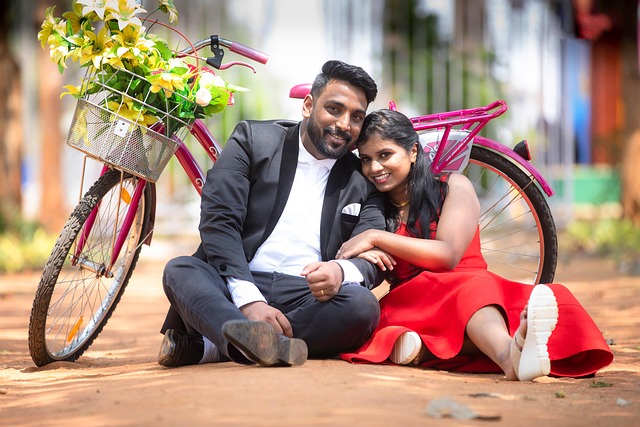
The simplest explanation is also the harshest: modern India has become brutally materialist. For young women and increasingly men, romance is not even “a luxury to be weighed against comfort”, but “a liability to be discarded if it doesn’t guarantee comfort.” Security, financial stability, social standing, and lifestyle now overshadow any appeal of romantic love. Love is seen as dangerous because it may not survive the cruel metrics of career success, property ownership, and upward mobility. Young Indian men and women, particularly the well-to-do, well-employed ones, seek ‘trophy wives and trophy husbands’ in marriage, not love.
In D. H. Lawrence’s famous novel ‘Sons and Lovers’, the son Paul Morel is reluctant to enter into relationships largely due to his uncertain job prospects and financial insecurity. His hesitation is driven by his worry about not being able to support a partner due to his unstable position and limited income. On this, his mother Gertrude, though suffering the privations of being a poor miner’s wife, tells him, “If a man had needed me I’d have married him on his last week’s wages.”
I know, young Indians would not have read D. H. Lawrence (I will be amused if they have even heard his name) but tell this to them and they would laugh at you. The very thought of marrying for love alone would strike as madness—why risk the future for a flame they know nothing about? The consensus is clear: romance is for fiction, not for life.
Who is more Materialistic, Girls or Boys?

For centuries, Indian families have dictated ‘arranged’ marriages through caste, dowry, and status considerations. However, what is different today is that young women themselves, empowered with education and economic independence, now articulate the dismissal of romance openly. They don’t need their fossilized elders to kill romance; they do it themselves. Romance survives in fiction because fiction is safe. It demands no sacrifice. It does not threaten the comfort of bank balances, gated communities, and foreign travel. Even in the so-called love marriages in India, girls painstakingly, methodically, consider, evaluate and weigh the financial standing and earing capacity of the boys before committing. In short, women have become hyper-pragmatic, where men are evaluated as ‘providers’ first and foremost.
Society punishes them if the ‘experiment of passion’ fails, branding them irresponsible. On the other hand, girls who marry for financial security are praised as “sensible.” The socio-cultural messaging is ruthless. The irony is that in making such choices, women are not gaining freedom but becoming complicit in perpetuating the very transactional logic that once oppressed them. They reject love not out of empowerment but out of fear—fear of instability, fear of ridicule, fear of vulnerability.
The modern Indian youth is raised not on austerity or poetry, but on a buffet of choices—gadgets, foreign vacations, Instagram-worthy lifestyles. Relationships are seen through the same lens: why settle for some spark of romance you are not even sure about, when you can optimize for wealth, career alignment, family background, and social validation? The result is that instead of elevating relationships, the compelling desire to “have it all” flattens them into transactions. They marry because they want the apartment, the car, the NRI posting, the respectability package. The intangibles—passion, madness, surrender—sadly remain unintelligible intangibles. (FYI, most young Indians get to know the word ‘intangible’ only if they are preparing for competitive exams–in the context of UNESCO’s Intangible Cultural Heritage.)
So, what really is that Intangible Thing Called Love?
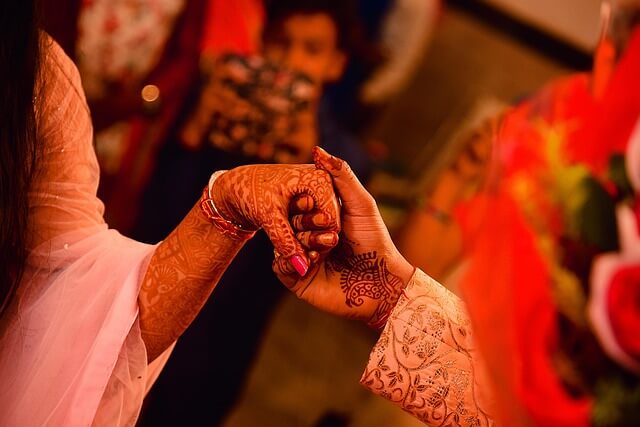
Some of the finest creations of mankind trace their origin to romantic love. Romantic love has been the greatest inspiration for creative minds and sensitive hearts since millennia for countless pieces of prose, poetry, songs, music, paintings, and sculptures. Still, people have been looking for the most beautiful words to describe love for years, centuries, and perhaps for millennia. It’s well-nigh impossible to describe the surreal. There are no words, best or otherwise, that will describe love in a way that will capture its essence in entirety. Love is a word uttered by tongues, but understood only by hearts. Love is a profound feeling that goes beyond surface attraction, forging a deep connection with another’s soul. Romantic love is an exhilarating fusion of passionate adoration and deep, soul-felt connection that transforms the ordinary into the extraordinary. It’s the enchantment that makes one’s heart race and the feeling of finding home in another’s presence.
And, mind you, true love is not what the entertainment media has made you believe all along about how it must be perceived, expressed, or interpreted. No, love is not about the cinematic depiction of breeze caressing your tresses with violins playing in the background; butterflies in the belly; chocolates and flowers; wine and candle-lit dinners; or never-ending kisses. You have been sold this stereotyped bullshit for long.
The duffers of Bollywood, by stereotyping romance, have cheapened it. If I am not in a financial position to take her out for a candle-lit dinner in a beach-side restaurant, it does not mean I do not love her with all my might—as simple as that!
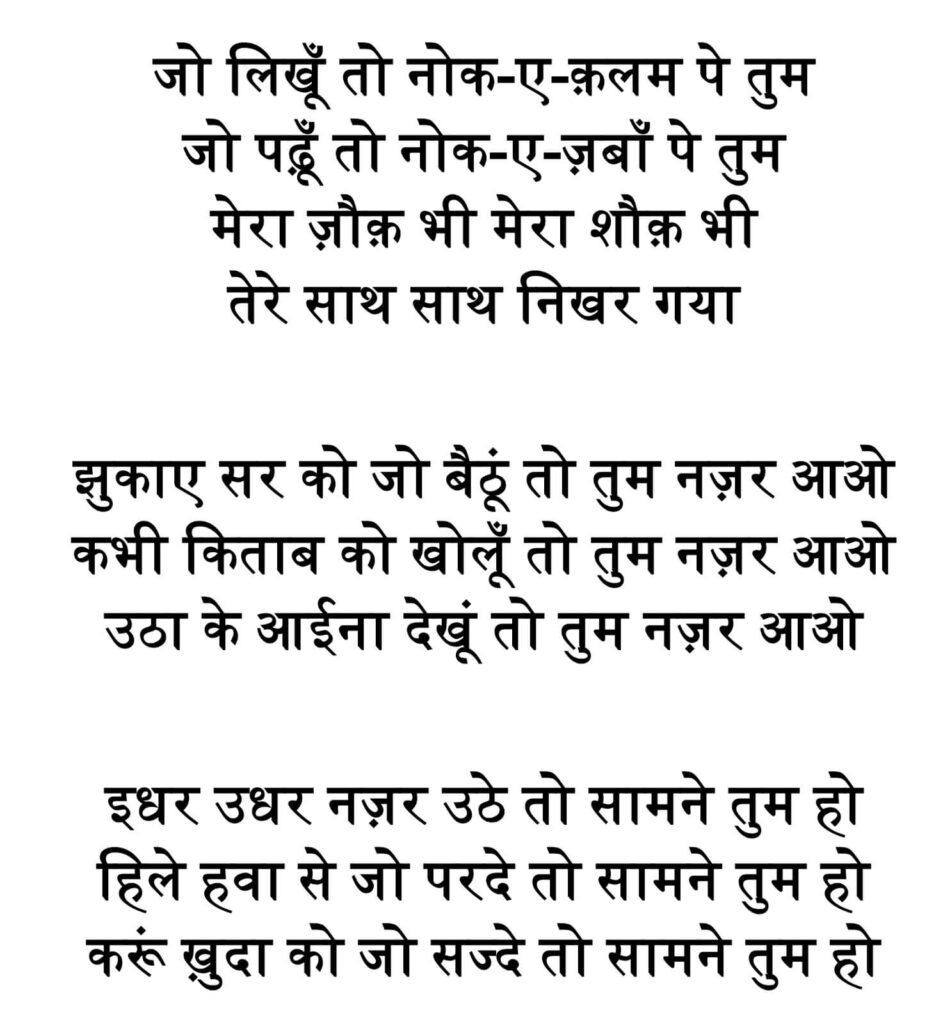
Consumerism leaves the Soul Malnourished
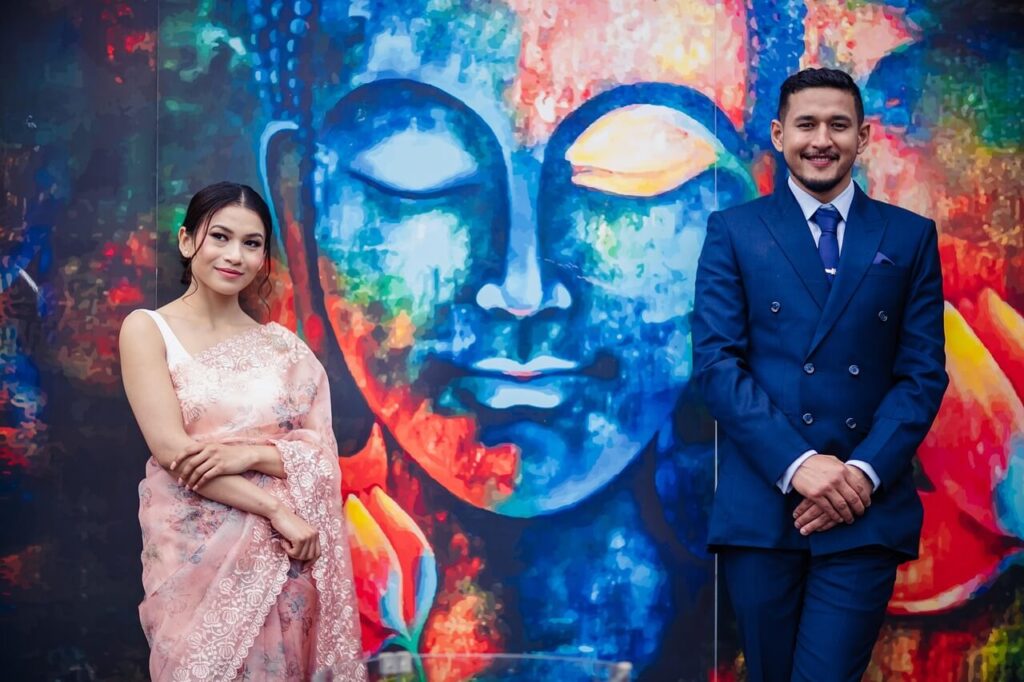
At first glance, the dismissal of romance may appear pragmatic. After all, financial security and stability are legitimate concerns in a screwed-up economic scenario. However, when marriages are built primarily on material security rather than emotional fire, they are reduced to arrangements rather than unions. A stable marriage does not mean that partners love each other; it only means that they are tolerating each other or have got used to each other. As I explained in an earlier article ‘Beyond Band, Baja, Baraat: The unspoken truth behind Indian marriages’, divorce rates in India are low as compared to the West simply because the legal process is cumbersome, the post-divorce prospects are bleak, and because it carries a sort of social stigma—not because marriages are inherently more stable. Precisely for that reason, urban India is silently suffering from a load of marital dissatisfaction, quiet despair, and silent separations, even if divorce statistics fail to disclose it.
Let me put it bluntly, marital sex without romance may satisfy biological needs, but it cannot nourish the soul. Indians are now doomed to be emotionally malnourished.
The dumb Indian youth do not even know what romance is. They enter into ‘relationships of passion’ knowing it well that it will eventually be sacrificed at the altar of family or societal approval, or financial calculation. This fatalism kills romance even before it flowers. Love in India is no longer an act of rebellion or transcendence. The death of romance in India is not just a cultural footnote. It marks the hollowing out of emotional life of not one but several generations. It has been reduced to a phase, a dalliance, a temporary indulgence before the “real” marriage. Poor fellow do not know that love just happens; it is not made to order—it cannot be ordered as a consequence of marriage, howsoever compatible the partners be. Call it anything but for God’s sake, do not insult love by calling it love.
Marriages in India are eventually reduced to endurance events of athletics.
Romance is dead; Long Live Romance

Romance in India is dead, buried under the weight of materialism, where financial stability and “having it all” trump emotional connection, commitment, and that elusive spark of passion. The utterly hypocritical Indians are keeping the mummified corpse of romance embalmed in poetry, music, and cinema, while the Indian society marches on loveless and ridiculing it.
Romance, once the soul of Indian culture, is now its ghost. It haunts our songs and stories, but in real life, it has been exorcised. It is the sheer hypocrisy of the whole thing that I both resent and regret.


Truly explained that Indian are now doomed to be emotionally malnutritioned